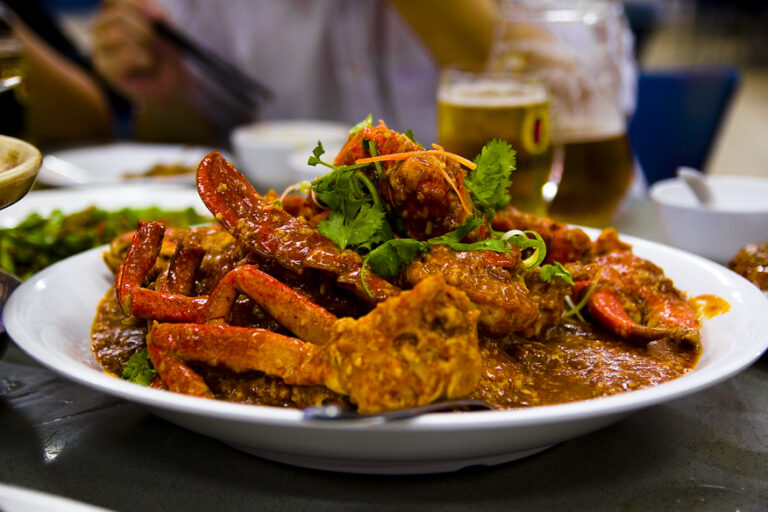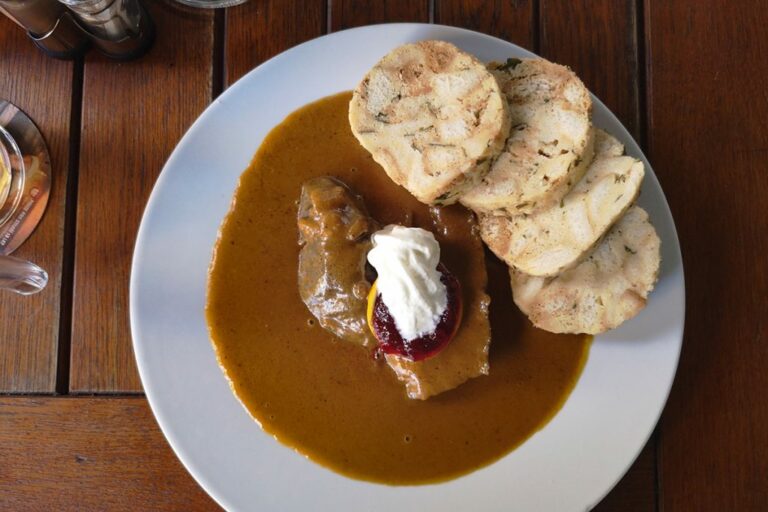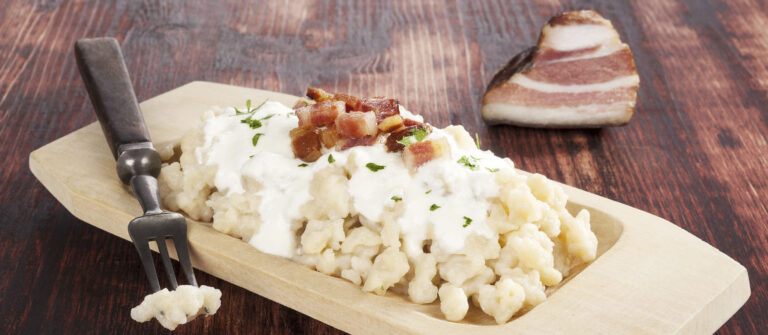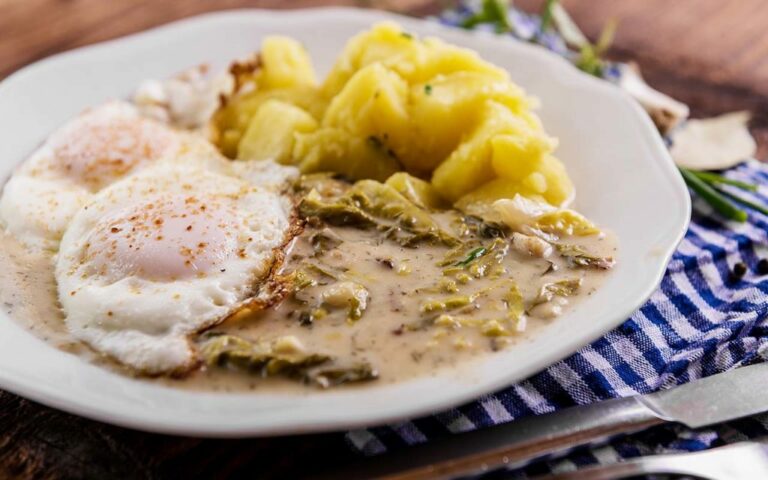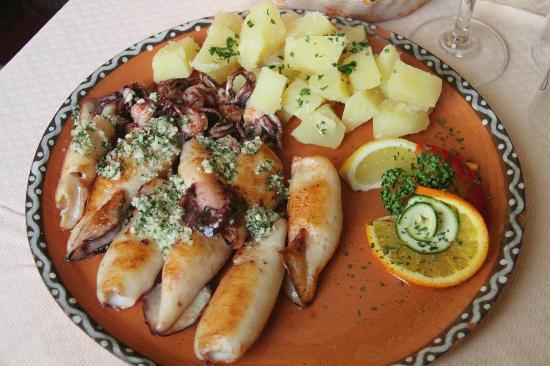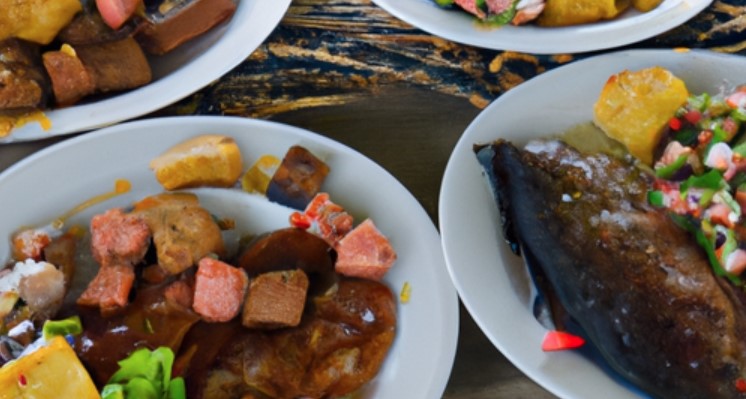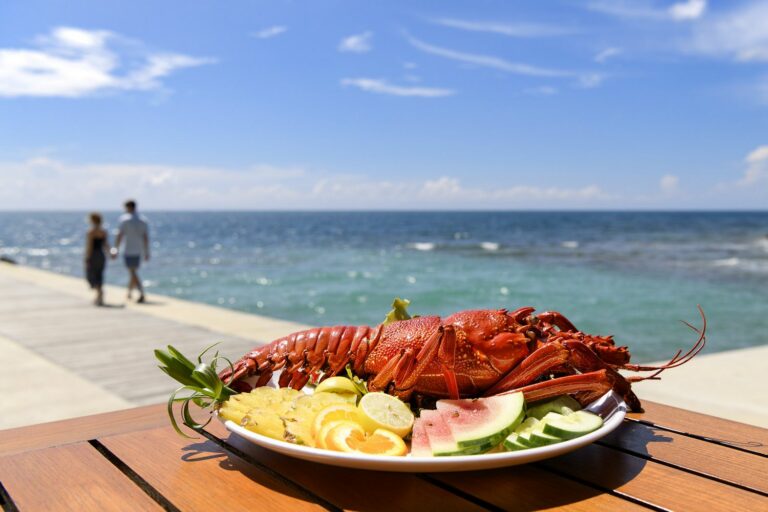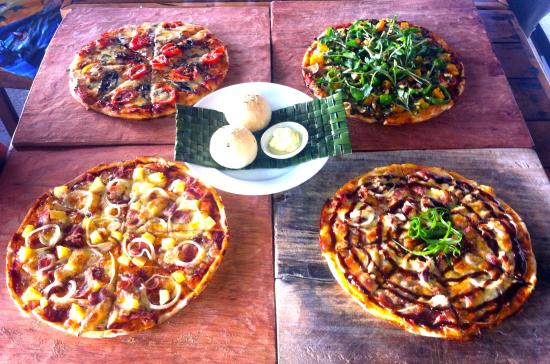Introduction: Exploring Singaporean Seafood Cuisine
Singaporean cuisine is renowned for its diverse and flavorful dishes that reflect the country’s multicultural heritage. Among the many culinary delights that Singapore has to offer, seafood dishes occupy a prominent place. Whether you are dining at a hawker center or a high-end restaurant, you will find an assortment of seafood delicacies that tantalize your taste buds.
The Influence of Geography and Culture on Singaporean Seafood
The location of Singapore, in the heart of Southeast Asia, has made it a hub for international trade for centuries. The influx of people from different parts of the world has led to the development of a unique blend of culinary influences. The culture of Singapore is an amalgamation of Chinese, Malay, Indian, and European traditions, which have all contributed to the rich and diverse seafood cuisine of the country.
The abundance of seafood in the waters surrounding the island has also contributed to the popularity of seafood dishes. Singapore’s coastal location has enabled its chefs to experiment with a variety of seafood ingredients, including lobster, crab, fish, squid, and prawns, among others.
Popular Seafood Dishes in Singaporean Hawker Centers
Hawker centers are the heart and soul of Singaporean cuisine, and seafood dishes are a staple for many locals and tourists. Among the most popular seafood dishes served at hawker centers are chili crab, black pepper crab, and salted egg yolk crab. Other must-try dishes include sambal stingray, BBQ squid, fish head curry, and fish soup. These dishes are typically served with steamed rice or noodles and garnished with fresh herbs and spices.
Signature Seafood Dishes in Singapore’s High-End Restaurants
Singapore is also home to some of the world’s best seafood restaurants, which offer a range of signature dishes that cater to the discerning palates of their patrons. These restaurants serve exquisite seafood dishes like abalone, lobster, and sea cucumber, which are prepared using a combination of traditional and modern cooking techniques. Some of the most popular high-end seafood restaurants in Singapore include Jumbo Seafood, Long Beach Seafood, and No Signboard Seafood.
Unique Seafood Ingredients Used in Singaporean Cuisine
Singaporean cuisine is renowned for its use of unique ingredients that add flavor and texture to dishes. Some of the most commonly used ingredients in Singaporean seafood cuisine include belachan (shrimp paste), laksa leaves, tamarind, and lemongrass. These ingredients are used to create a range of sauces, marinades, and pastes that are used to flavor seafood dishes.
Tips for Trying Singaporean Seafood Dishes for the First Time
If you’re trying Singaporean seafood dishes for the first time, it’s essential to be adventurous and open-minded. Many dishes may seem strange or unfamiliar, but they are undoubtedly worth trying. It’s also a good idea to start with milder flavors and work your way up to spicier dishes. Finally, be sure to ask your waiter for recommendations, as they are likely to have a good understanding of the local cuisine and can suggest dishes that are tailored to your preferences.

